Habitat Management
Improving Habitat at Taum Sauk Dam
Of course, MDC biologists track the movements of turkeys and elk, but did you know they also track rocks?
MDC is helping Ameren Missouri find the best way to improve stream habitat below the Taum Sauk Energy Center, a hydroelectric power plant southwest of St. Louis on the east fork of the Black River. Studying how rocks move in the river is key.
Hydroelectric power requires a dam and a reservoir. To keep the reservoir from filling up with sediment, a gravel trap catches the sediment, which means little moves downstream.
“Downstream we see habitat limitations,” says Stream Habitat Ecologist Jason Persinger, “because of the loss of gravel and fine sediments. Only the big, heavy rocks remain, and a lot of minnows, other fish, and invertebrates need gravel and the spaces between the gravel to survive.”
At Taum Sauk, the collected sediments are being removed from the gravel trap and placed below the dam to get them back into the river system. MDC’s study will help determine how to do that to improve habitat.
“We’re looking at how much flow it takes to move the gravel, where we should put it, and where it goes when we put it here versus when we put it somewhere else,” says Persinger.
To answer these questions, researchers count and classify rocks and pebbles placed at locations along the riverbank and tag some with passive integrated transponder (PIT) tags. After a high flow event, they again survey rocks in the area to see what changed, using a receiver to locate rocks with PIT tags to see how far they’ve traveled.
Data from multiple trials will help establish a procedure that Ameren Missouri can follow to maintain the river habitat through the future.
At a Glance
PIT Tagging Rocks
- A crevice is cut into each rock and passive integrated transponder (PIT) tags are attached with J-B Weld.
- PIT tags are similar to microchips used in pets.
- Each PIT tag has a unique ID that is recorded along with rock size.
- PIT-tagged rocks can be detected even if buried under 3–4 inches of sediment on the stream bottom.
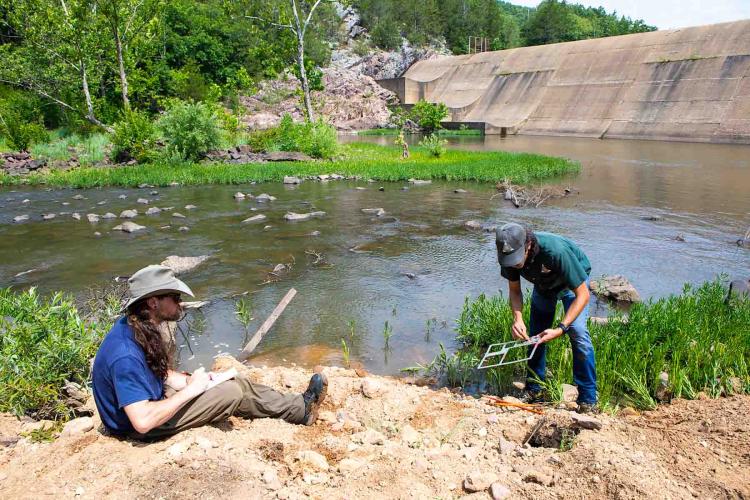
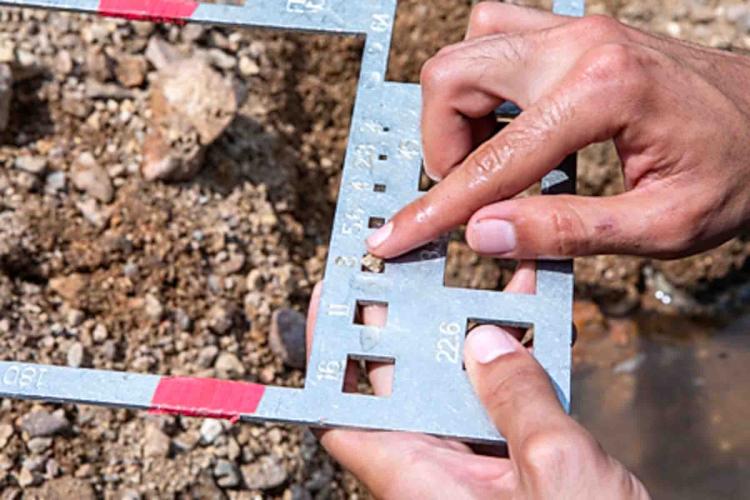
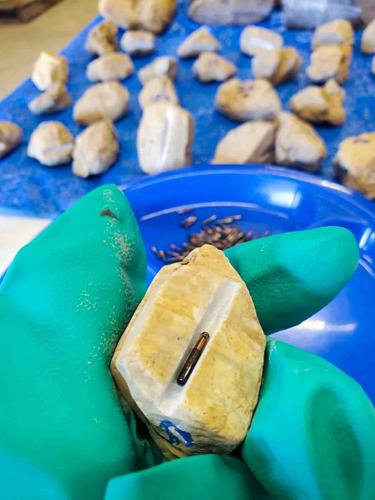

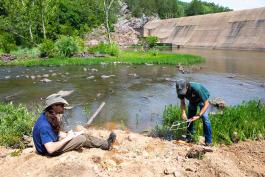
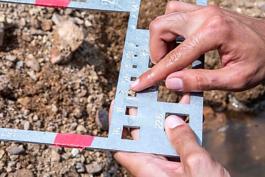


And More...
This Issue's Staff
Editor - Angie Daly Morfeld
Associate Editor - Larry Archer
Photography Editor - Cliff White
Staff Writer - Kristie Hilgedick
Staff Writer - Joe Jerek
Staff Writer – Dianne Van Dien
Designer - Shawn Carey
Designer - Marci Porter
Photographer - Noppadol Paothong
Photographer - David Stonner
Circulation – Marcia Hale






















